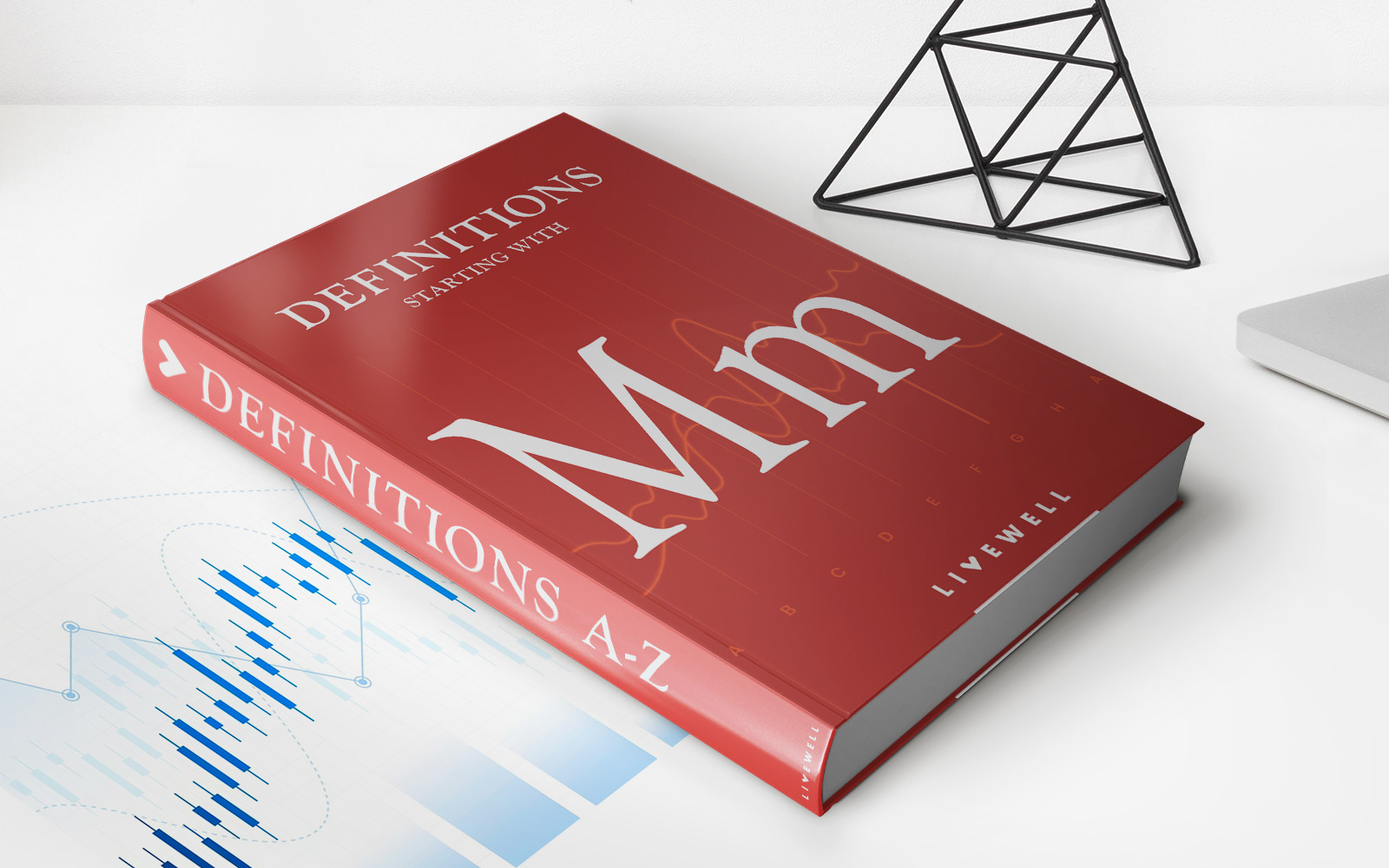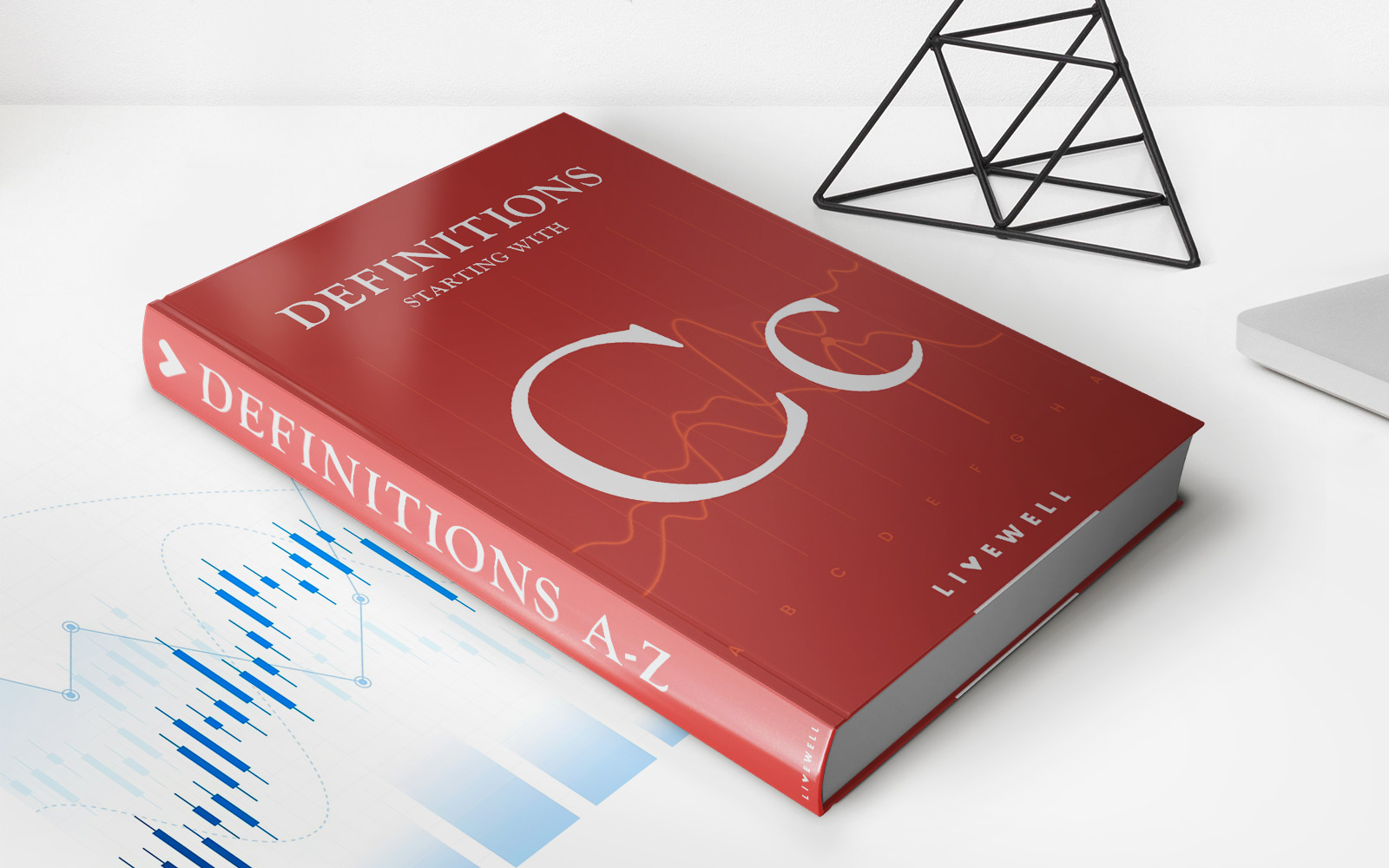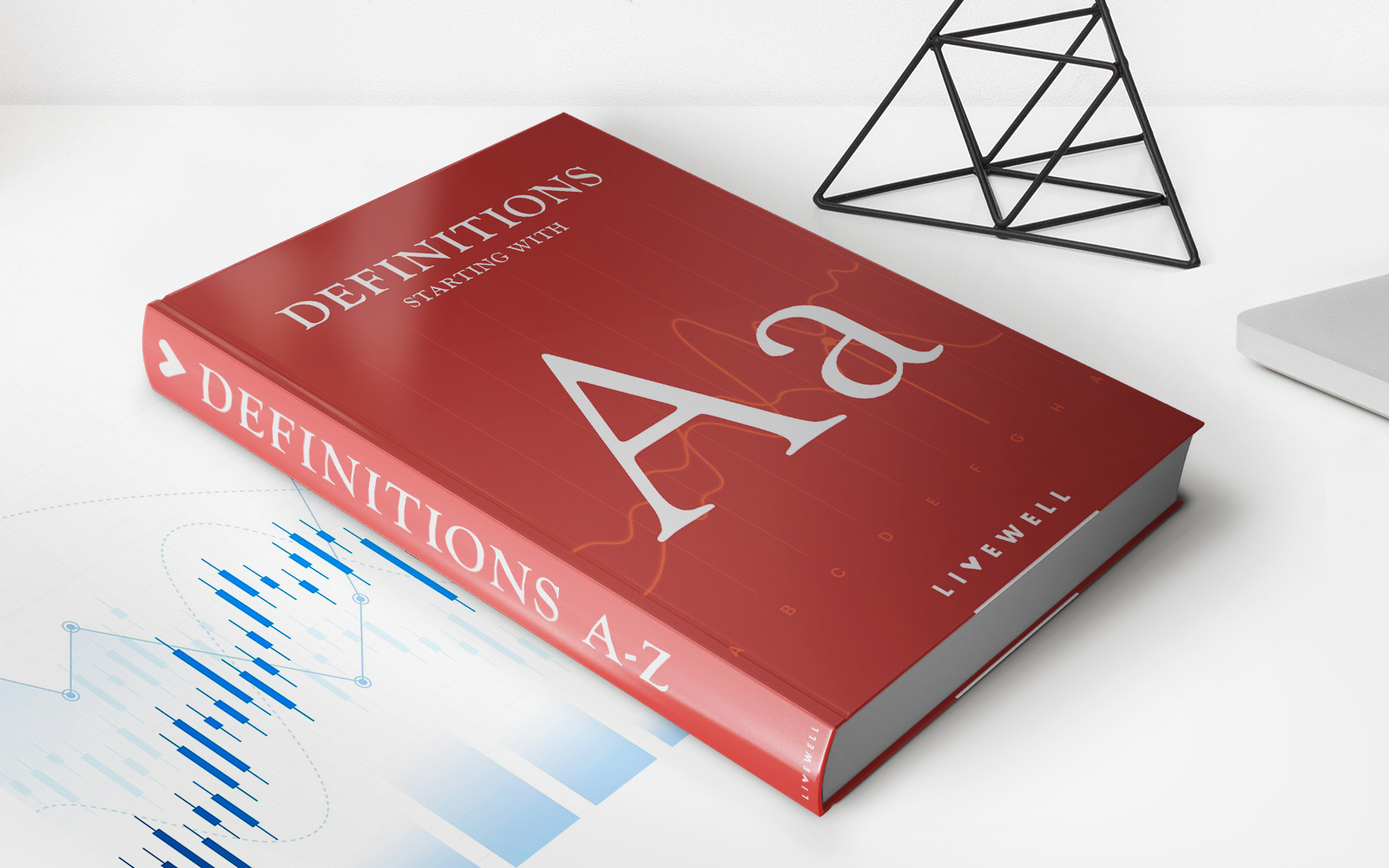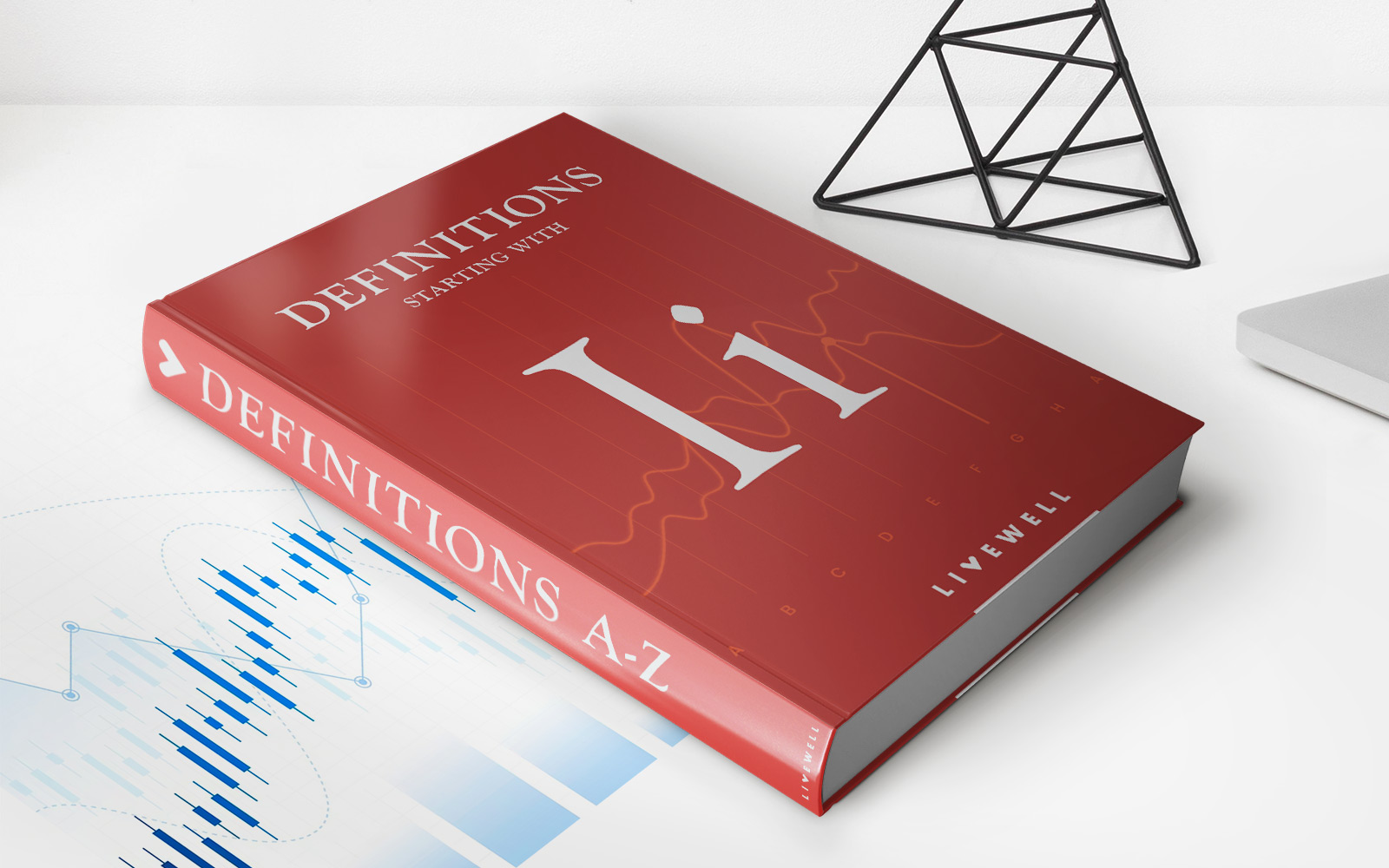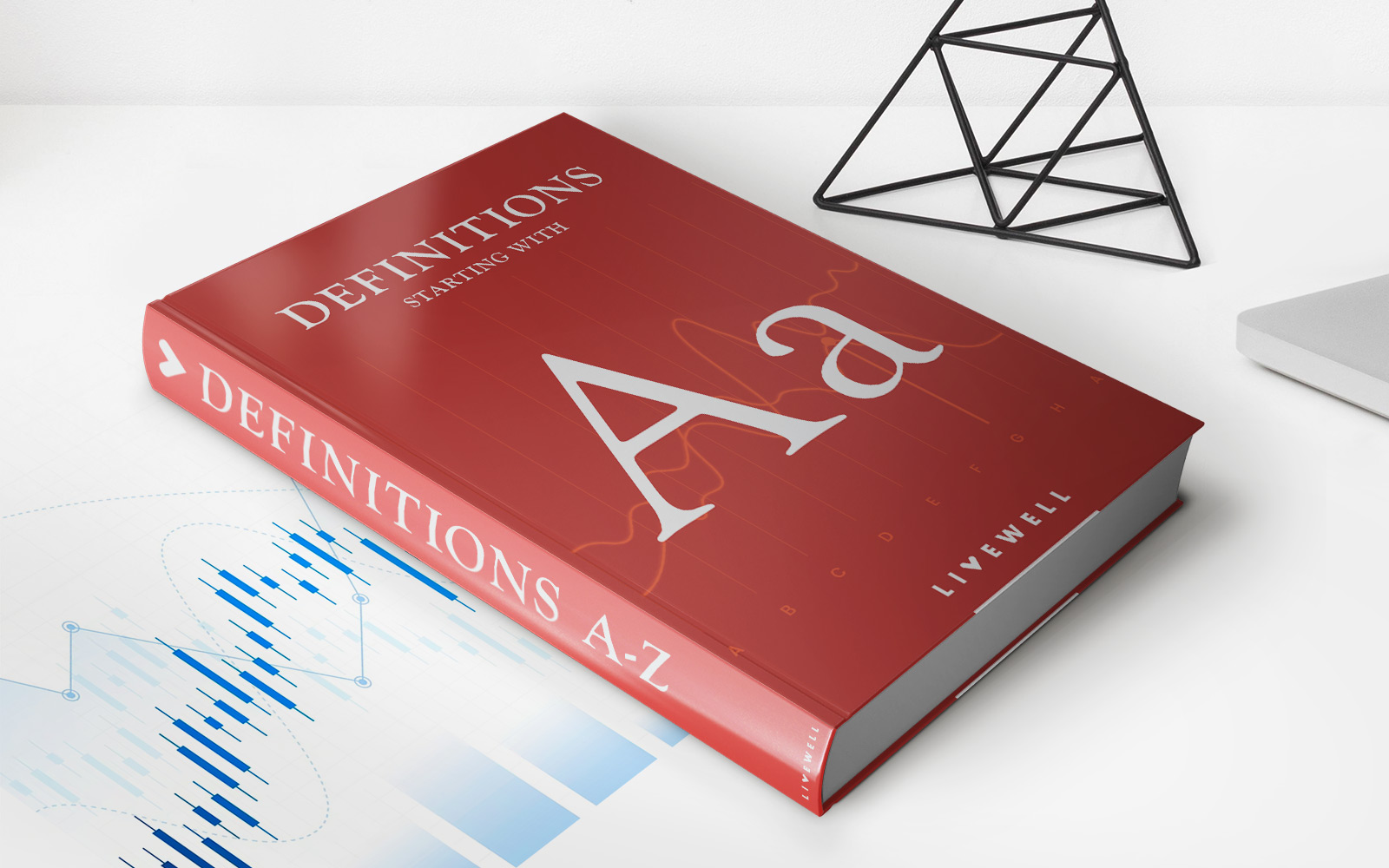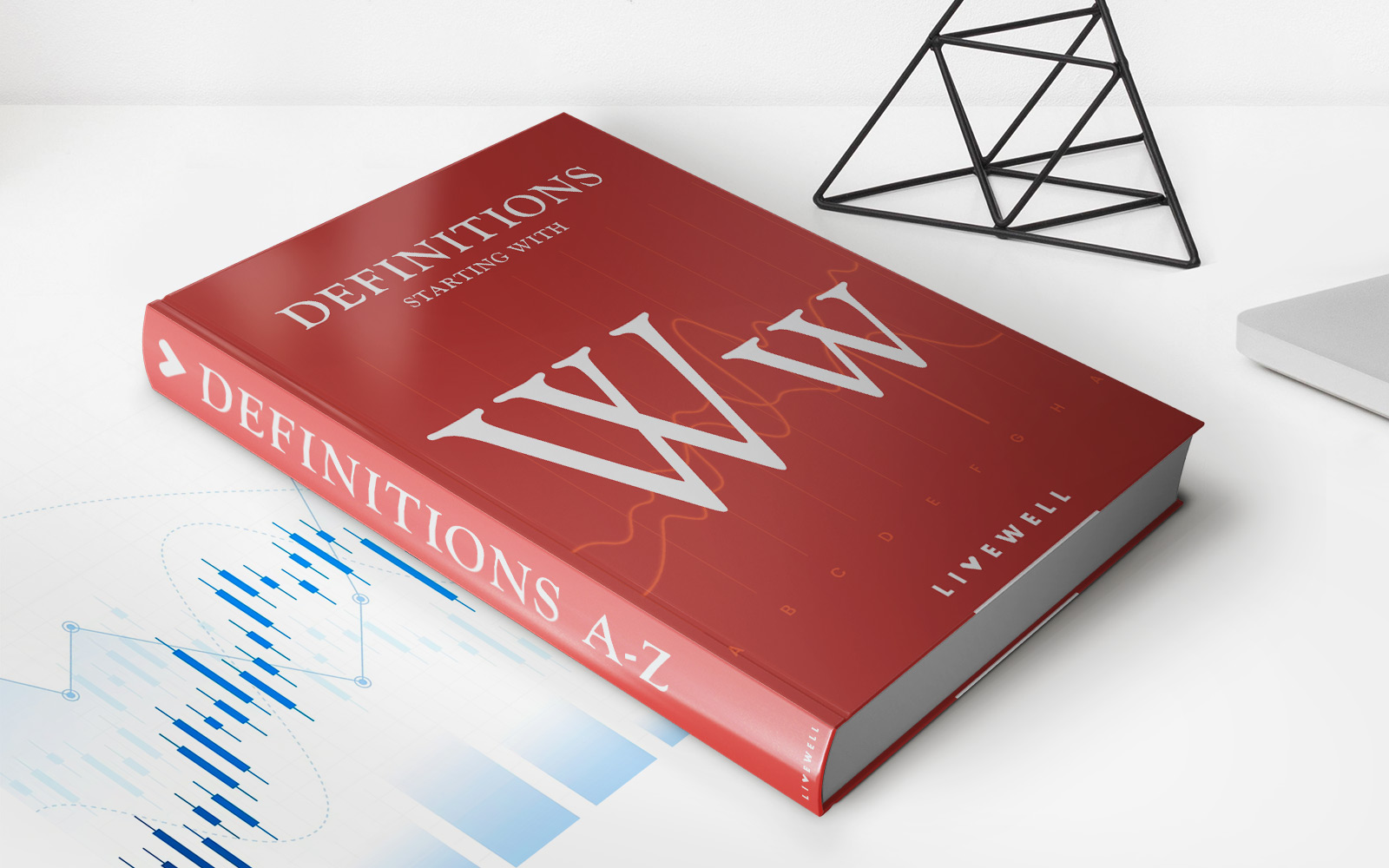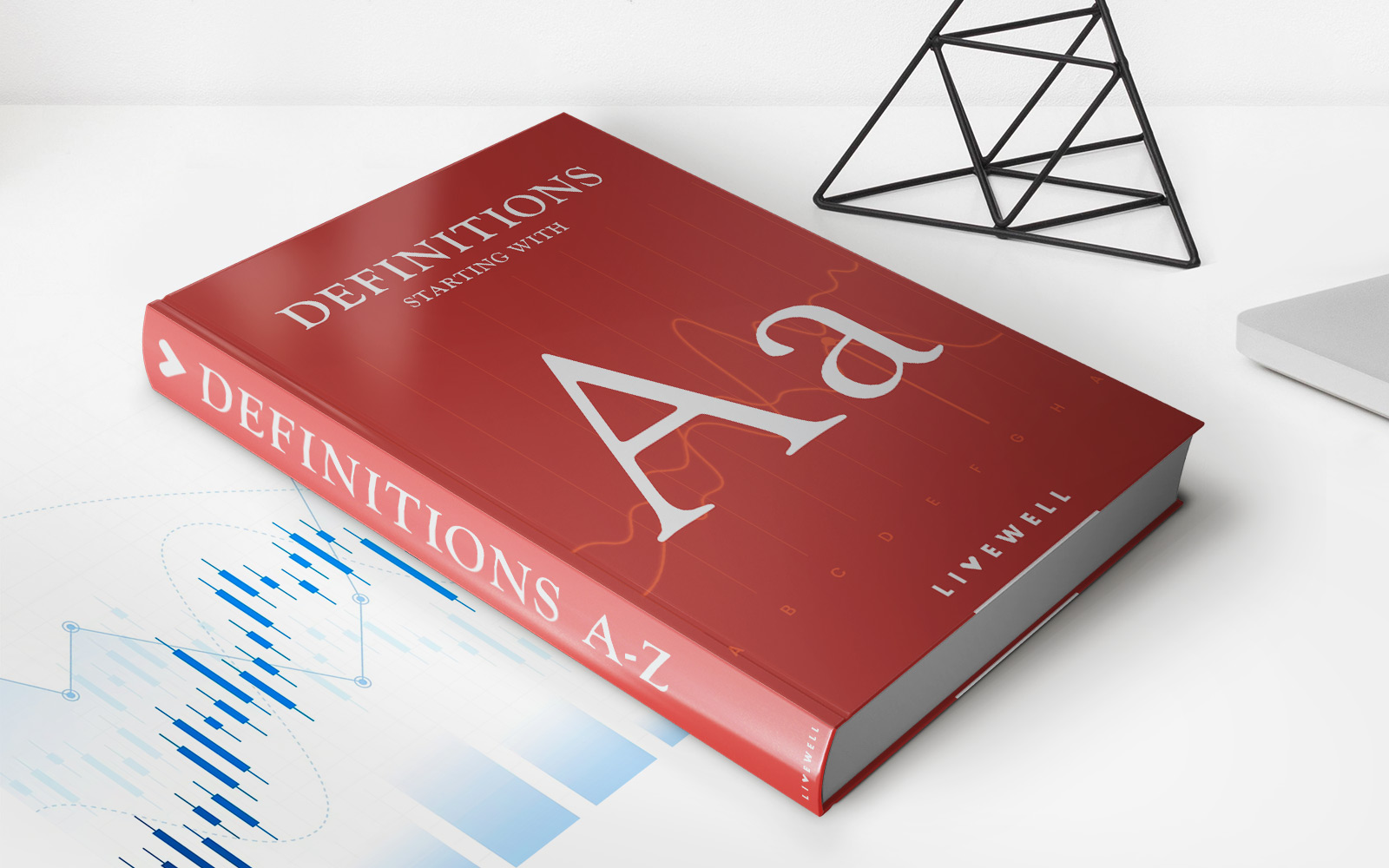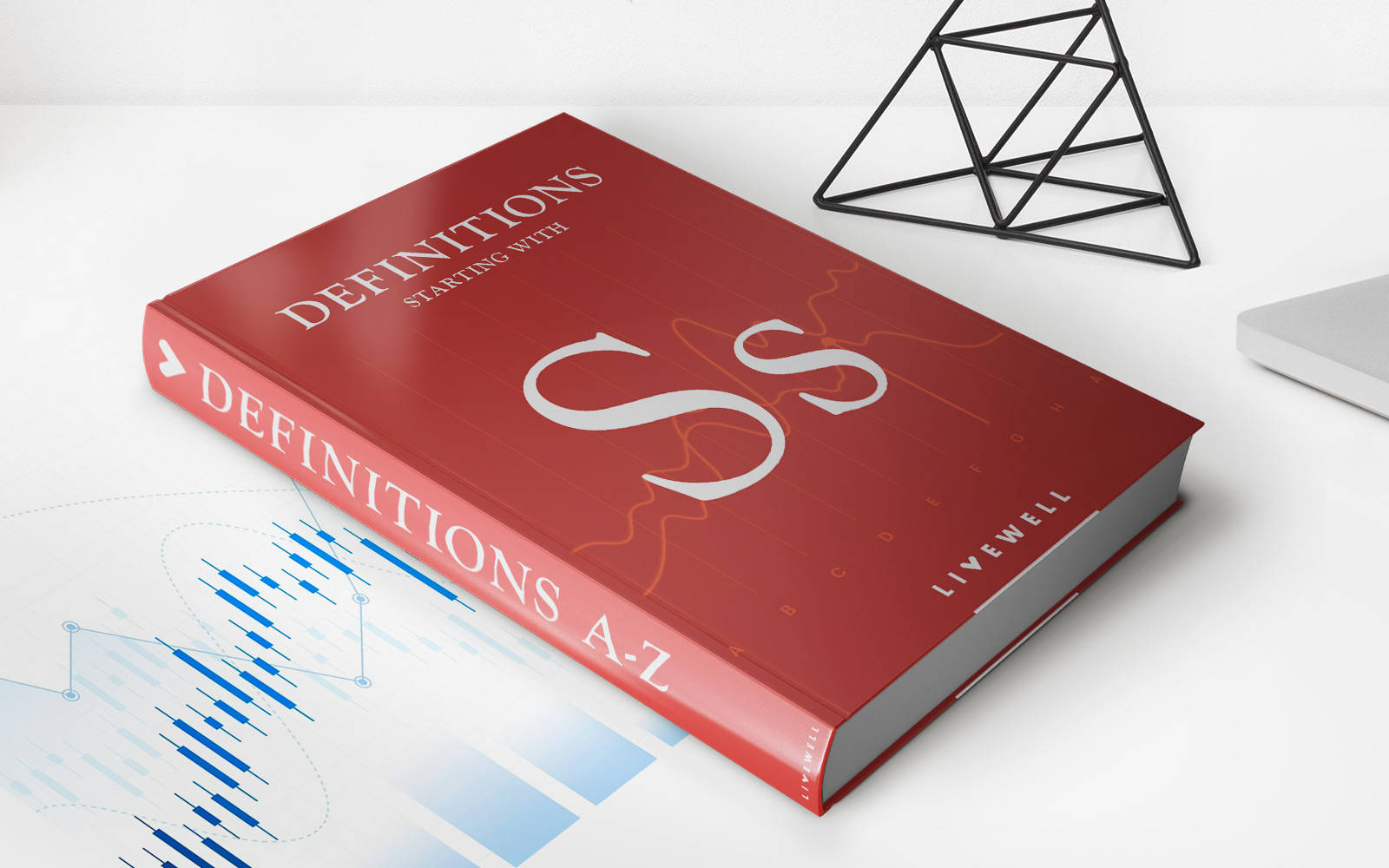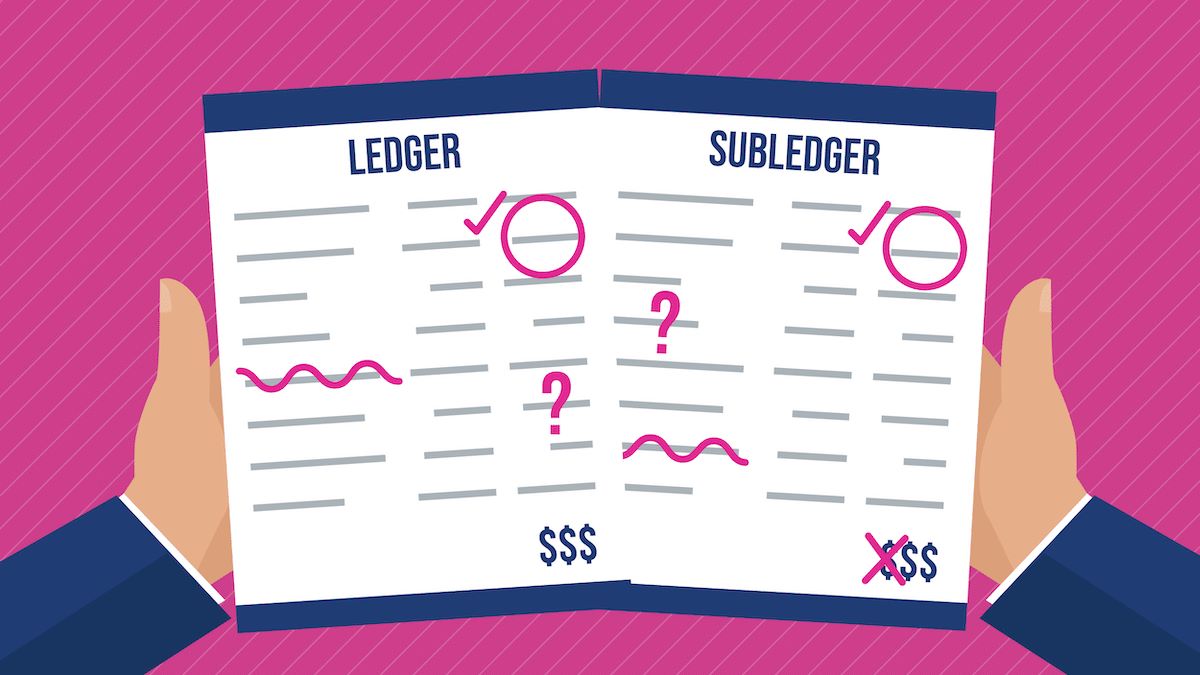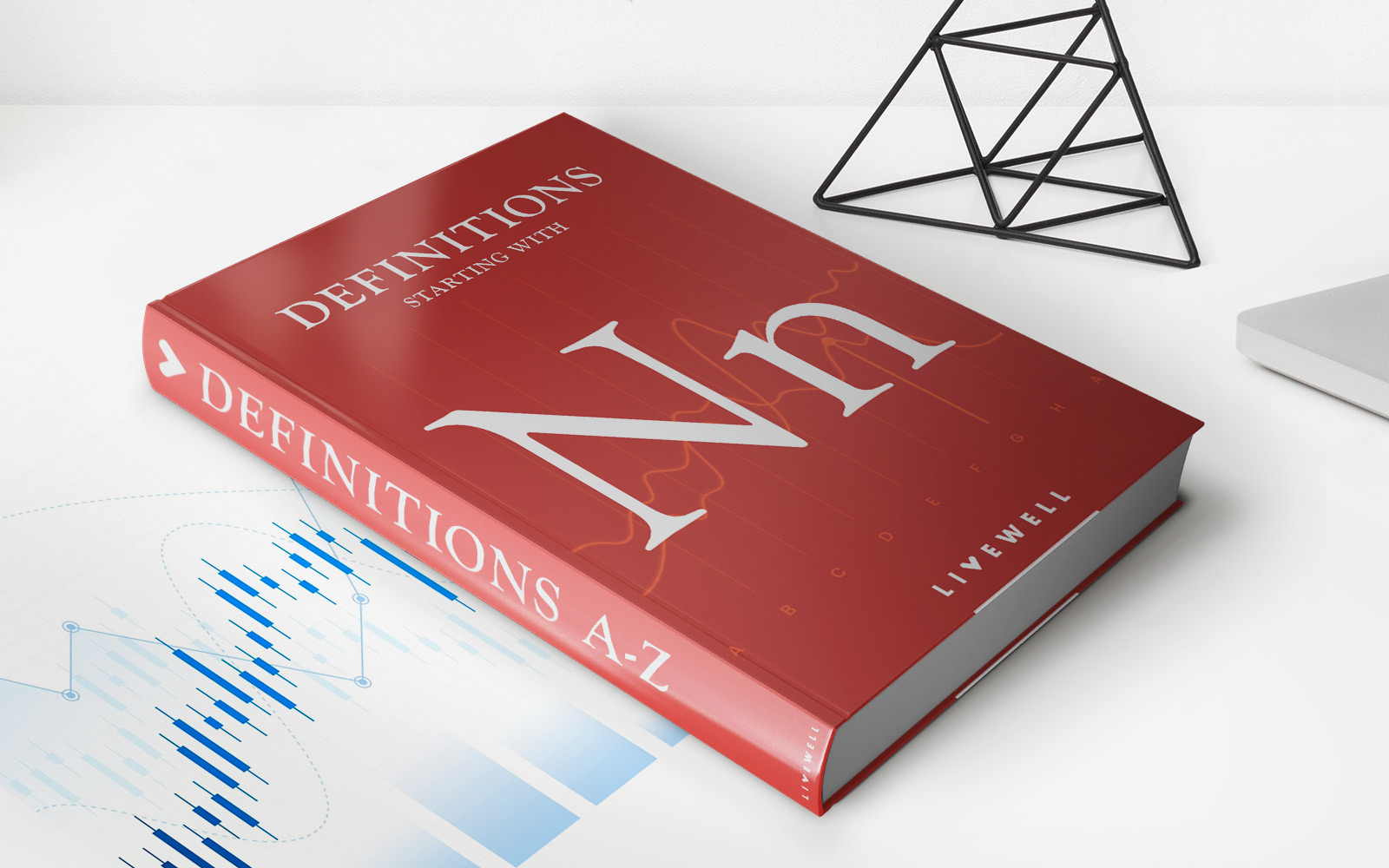

Finance
Noon Average Rate Contract (NARC) Definition
Published: January 1, 2024
Learn about Noon Average Rate Contract (NARC) in finance, including its definition and how it impacts financial markets.
(Many of the links in this article redirect to a specific reviewed product. Your purchase of these products through affiliate links helps to generate commission for LiveWell, at no extra cost. Learn more)
What is a Noon Average Rate Contract (NARC)?
As we dive into the world of finance, it’s essential to understand the various terms and concepts that shape this vast industry. One such term that you may come across is Noon Average Rate Contract (NARC). But what exactly does this term mean?
The Noon Average Rate Contract, or NARC, is a financial instrument that allows market participants to hedge their currency exposure. It is a type of forward contract where parties agree to exchange one currency for another at a predetermined exchange rate, which is determined by the average exchange rate at noon. This contract is particularly useful for businesses and individuals who deal with international transactions and want to protect themselves against potential currency fluctuations.
Key Takeaways:
- The Noon Average Rate Contract (NARC) is a financial instrument used to hedge currency exposure.
- It is a forward contract where parties agree to exchange currencies at a predetermined exchange rate based on the average rate at noon.
How Does a Noon Average Rate Contract Work?
Now that we have a basic understanding of what a Noon Average Rate Contract is, let’s take a closer look at how it works. Here are the key points to consider:
- Contractual Agreement: Two parties agree to enter into a NARC. These parties can be individuals, businesses, or even financial institutions.
- Currencies and Amount: The parties specify the currencies they want to exchange and the amount of each currency involved in the contract.
- Exchange Rate Determination: The exchange rate for the contract is determined based on the average exchange rate at noon. This rate is established using reliable sources of market data.
- Contract Duration: The NARC has a specific duration during which the parties are obligated to exchange the currencies at the agreed-upon rate.
- Hedging Currency Exposure: By entering into a NARC, the parties protect themselves from potential fluctuations in currency exchange rates. This provides stability and predictability in their international transactions.
Noon Average Rate Contracts are commonly used by businesses engaged in international trade. By entering into these contracts, they can lock in exchange rates to ensure that their profits are not eroded by adverse currency movements. Additionally, individuals who frequently transfer money across borders can also benefit from using Noon Average Rate Contracts to mitigate currency risk.
It’s important to note that Noon Average Rate Contracts are subject to market conditions and the accuracy of the exchange rate data used. Therefore, it’s essential to work with reputable financial institutions or brokers when considering such contracts.
In conclusion, a Noon Average Rate Contract (NARC) is a valuable tool that allows individuals and businesses to hedge their currency exposure by locking in exchange rates based on the average noon rate. By utilizing this financial instrument, market participants can protect themselves from potential currency fluctuations, providing stability and predictability in their international transactions.

